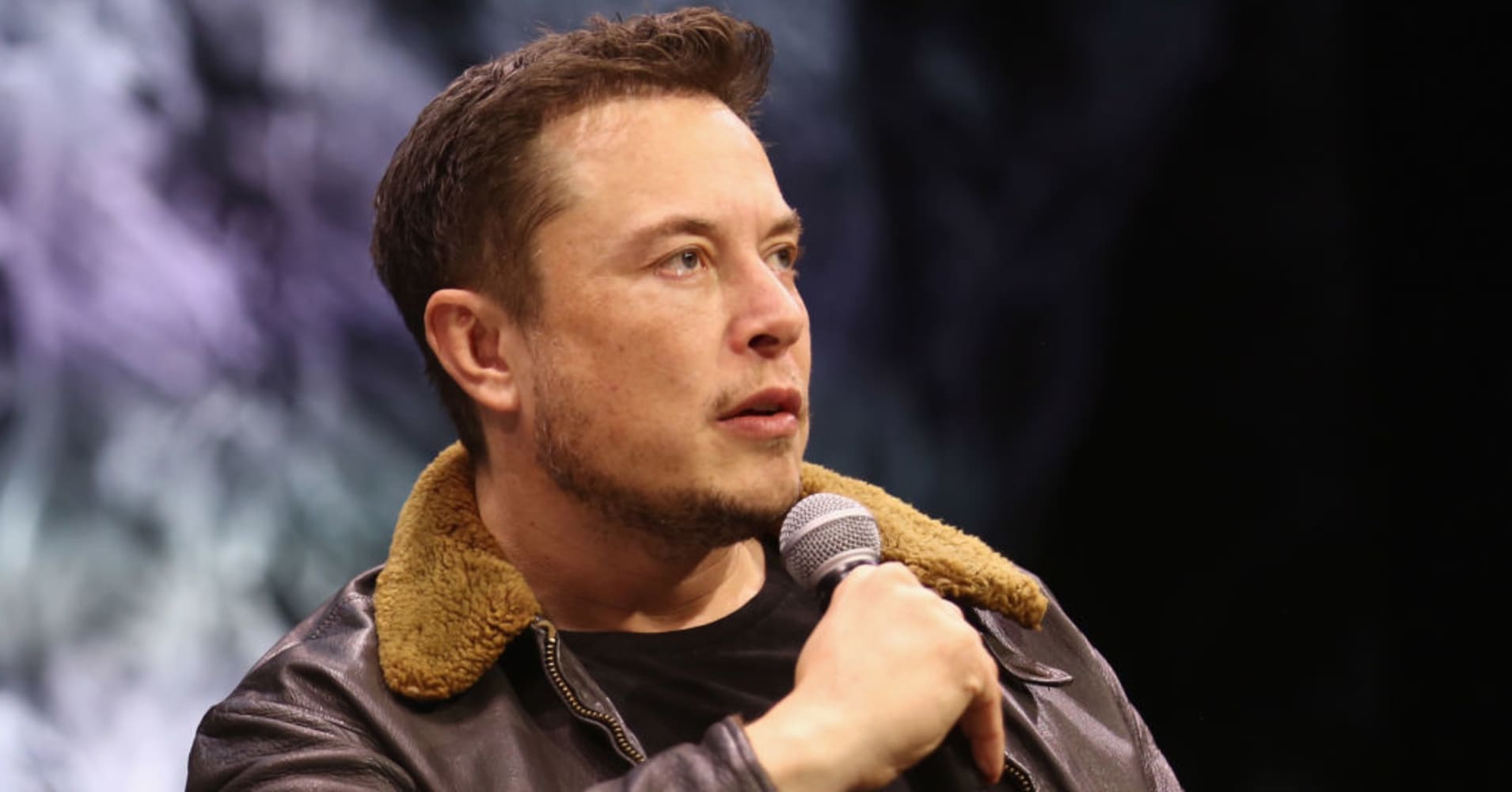
Tesla is expected to report a first-quarter loss after the bell on Wednesday, but investors may care more about the electric vehicle maker’s Model 3 progress, cash burn and margins across its lineup.
Here’s what Wall Street expects:
- Loss: -$3.58 per share, according to Thomson Reuters
- Revenue: $3.22 billion, according to Thomson Reuters
In April, Teslarevealed that it had missed its first-quarter production and delivery targets for the Model 3, an electric sedan with a base price of $35,000. Tesla produced 2,020 Model 3s in the final week of the first quarter, short of its goal to produce 2,500 Model 3 sedans weekly by the end of March.
Tesla aims to increase the Model 3 production rate to 6,000 cars in a single week by the end of June, by running its Fremont, California, factory around the clock, according to a leaked email that Elon Musk sent to employees. Adding shifts, employees and paying more overtime have added costs for Tesla at a time when it is also promising to produce new vehicles including a new Roadster, Model Y and an all-electric semi truck.
Even so, Musk said on Twitterin mid-April that Tesla would be both cash-flow positive and profitable in the second half of 2018. Tesla has had only two profitable quarters since it went public in 2010. The company has also repeatedly missed deadlines and production targets.
Cash flow is one key concern for investors. Tesla finished 2017 with about $3.5 billion in cash. CFRA analyst Efraim Levy said he expects outflows of about $4.5 billion in through 2019, between estimated negative cash flows of $3.35 billion and an additional $1.15 billion in debt due early next year. Levy said he thinks the company will need to raise about $2 billion-$3 billion again by March 19, 2019, when then last tranche of debt is due.
A change in Tesla’s accounting will make it impossible to directly compare Tesla’s year-over-year and quarterly numbers, including automotive revenue and gross margins. The company is now required to report some lease transactions as sales, with all the revenue, income and costs for each lease recorded at once, rather than in monthly increments over the term of the lease.
“Now they are basically listing more of their leases as direct auto sales, and if you look at the difference between the margins of the leases and the automotive sales, in 2017, lease margins were 36 percent and automotive sales margins were 21 percent,” said Vertical Group analyst Gordon Johnson on CNBC’s Halftime Report on Wednesday. “So we think there is going to be a hit on the automotive margin line.”
Since its fourth-quarter earnings update, several executives have left the company including, most recently, Tesla Autopilot leader Jim Keller. Prior to that, Chief Accounting Officer Eric Branderiz, Vice President of Finance Susan Repo and in February Tesla’s former Head of Global Sales and Service Jon McNeil left.
Be the first to comment